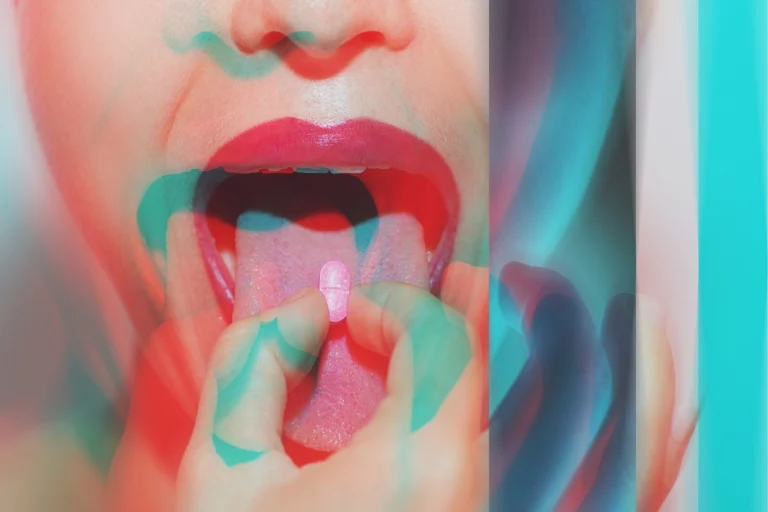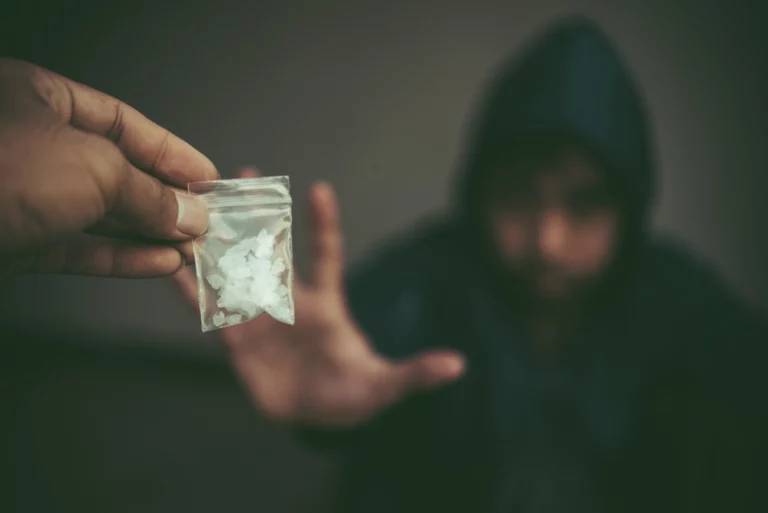Alcohol is an incredibly addictive substance that can cause serious physical and psychological health conditions, including alcohol-related seizures, alternatively known as “alcoholic seizures.”
What does an alcoholic seizure look like and what triggers one? In this article, we explore both of these questions, as well as how to assist someone experiencing a seizure and how to detox from alcohol safely.

What Causes Alcoholic Seizures?
Before looking at what an alcoholic seizure looks like, we will explore what causes one. While alcohol itself does not typically induce seizures, prolonged and heavy alcohol use can result in neuroadaptations, including alterations in neurotransmitter systems, increased excitability of neurons, and changes in the brain’s overall structure.
- Structural changes: Structural changes may involve the loss of neurons and damage to certain brain regions, particularly those involved in regulating inhibitory processes. The hippocampus, for example, plays a crucial role in seizure control, and chronic alcohol use can damage its structure and function.
- Increased excitability of neurons: Functionally, alcohol can disrupt the balance between excitatory and inhibitory neurotransmission in the brain. It enhances the effects of inhibitory neurotransmitters (such as gamma-aminobutyric acid or GABA) while diminishing the effects of excitatory neurotransmitters (such as glutamate). Over time, this can lead to a state of hyperexcitability in the brain, making individuals more susceptible to seizures.
- Withdrawal: Additionally, alcohol withdrawal is a common trigger for seizures in individuals with a history of heavy drinking. Abrupt cessation of alcohol intake can further heighten neural excitability and increase the risk of seizures. This withdrawal-induced seizure activity is part of a condition known as alcohol withdrawal seizures, which can occur within the first 48 hours after reducing or stopping alcohol consumption. Studies have found that heavy drinkers are significantly more likely to experience seizures in comparison to moderate drinkers during withdrawal periods.
It’s important to note that while alcohol-induced seizures are a concern, they are just one of the many potential consequences of chronic alcohol abuse. Look into professional alcohol addiction treatment programs that address both the immediate risks and underlying structural and functional changes in the brain.

What Does An Alcoholic Seizure Look Like?
Alcoholic seizures are different for everyone, but some of the most common symptoms to look out for include:
- Convulsions: Alcohol and non-alcohol-related seizures both include uncontrolled muscle movements such as jerking, shaking, and twitching.
- Stiffness: Not everyone will experience convulsions, though. Some individuals will experience muscle stiffness and rigidity, leading to them having a temporary inability to move.
- Loss of consciousness: During the seizure, some individuals may become completely unaware of their surroundings or external stimuli.
- Foaming: Due to the erratic movements caused by a seizure, users often have involuntary movement of the jaw, which can lead to excessive salivation and foaming at the mouth. In some situations, they may even bite their tongue.
- Incontinence: It is not uncommon to find that someone experiencing an alcoholic seizure has lost control of their bladder or bowel, resulting in incontinence.
- Duration: Alcoholic seizures can last a few seconds to several minutes, but the more prolonged it is, the more immediate medical attention will be required.
What Should You Do During An Alcohol-Related Seizure
If someone around you is having an alcohol-related seizure, the first step is to move any objects in their path and guide them gently to the ground to prevent an injury from a fall.
It is important not to restrain the individual but instead place them on their side to allow fluids to drain from their mouth and reduce the risk of choking. Make sure you time the seizure, and for any that lasts five minutes or more, call emergency services and stay by the individual’s side until they arrive.
While witnessing a seizure can be distressing, you must stay calm throughout. Most seizures are brief and will resolve independently without requiring medical attention. However, if someone is having regular seizures and abuses alcohol, it’s probably time for addiction treatment and detox.
How To Safely Detox From Alcohol
For those struggling with alcohol dependence, safe withdrawal is critical to reduce the risk of a seizure and ensure long-term recovery from addiction. No two clients are the same, and alcohol addiction treatment should not adopt a one-size-fits-all approach. Here at the Asheville Detox Center, we know the importance of a tailored approach when treating our clients. That is why we offer extensive treatment options to support you on your journey to recovery.
The first step is to undertake a medical detox, which will remove all harmful and addictive substances from the body. As seizures are more likely to occur at this stage, our clients are under 24/7 observation to ensure their safety and comfort. We are also able to provide medication-assisted treatment to help clients experiencing intense withdrawal symptoms, such as cravings, anxiety, tremors, and insomnia.
Of course, detox is only part of the process. Once an individual has successfully detoxed, our team can support them with extensive aftercare support and preparation as they transition into residential or outpatient treatment.

Start Your Recovery Journey Today With Alcohol Detox
Whether you’re looking for addiction treatment for yourself or a loved one, our team at Asheville Detox Center is on hand to help you. We pride ourselves on delivering comfortable, safe, and thorough care for everyone who passes through our doors, so get in touch today and take your first step to recovery.







